I officially picked up my hook and yarn this week to begin my crochet learning journey. I was not expecting crochet tools to be versatile in sizes and types. After thorough research for tutorial videos, I shortlisted a couple of choices that I have found beginner-friendly and detailed. I started my hands-on learning from some of the YouTubers who have made this journey very easy and enjoyable.
Beginning with Sigoni Macaroni, a beautiful soul who has made her classes free online. She not only makes videos on tutorials, but also advocates for the mental health benefits of crocheting. Her videos are elaborate and detailed, with explanations of terms that novices like me are not familiar with. Her program ‘Learn to Crochet Masterclass’ consists of 14 videos instructing the most basic of crocheting.


From her videos, I have learned about the types of yarns and their weights, hook sizes, and types. Another YouTuber named Ali, who started her crochet page called the Turtle Trunk, demonstrated the types of hooks and yarns that exist.

What I learned from the lessons and videos?
Essential tools for crocheting as a beginner: Yarn, Crochet hooks, Tapestry Needles, Stitch markers, and scissors. Unfortunately, I could only manage to get Yarns, hooks, and scissors for now.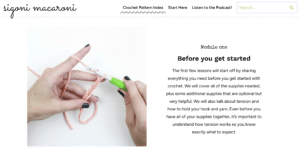
Types of Yarns: Polyester, cotton, natural fibers etc. Acrylic is best to work with for beginners. In terms of weight there are seven classifications given below:
- Lace (0) Weight Yarn: lacey and delicate items such as doilies, earrings, and bracelets.
- Super Fine (1) Weight Yarn: socks and shawls.
- Fine (2) Weight Yarn: light garments and baby clothes.
- Light (3) Weight Yarn: light garments and blankets.
- Medium (4) Weight Yarn: hats, scarves, sweaters, pillows, and blankets.
- Bulky (5) Weight Yarn: thicker hats, scarves, sweaters, and blankets.
- Super Bulky (6) Weight Yarn: even thicker hats, scarves, sweaters, and blankets.
- Jumbo (7) Weight Yarn: jumbo blankets, pillows, and cowls.
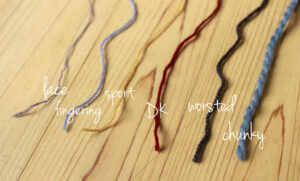
Types of Hooks: For beginners it is recommended to use 4 or 5 mm.

To learn the basics I have purchased hooks and yarn from Dollarama, mainly because I did not want to use expensive items for trial and error phase. I got 100% acrylic light colored yarn, since its easy to notice patterns in light colored yarns. I purchased a set of hooks of various sizes as shown in the picture below.
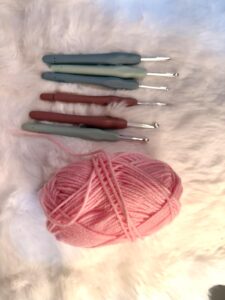
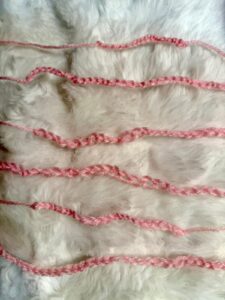
Now comes the techniques I have learned this week.
- How to hold the hook and yarn.
- How to Slip Knot
- How to Chain Stitch
Before I started, I honestly was not even sure how to hold the yarn, let alone manipulate it into simple structures or patterns. The first 5 minutes were awkward. I held the hook too tight, the tension of the yarn was not right, and the yarn kept slipping. But slowly, loop by loop, things started to make sense.
Engagement with communities
To stay motivated and keep myself on check I have created an Instagram and YouTube account to document my journey(@woven_in_the_sky). Through that account I have started following multiple pages of crochet where short videos of different patterns makes me wonder if I can ever pull off something like that. I realized the short videos are inspiring and provides with useful tips, however I found myself jumping back to the YouTube videos for elaborated demonstration of the process.
To be part of the crochet community I have joined in couple of Facebook groups such as The Crochet’dy Bunch With Sigoni Macaroni and Daisy Farm Crafters Crochet Group. My posts are pending and yet to be approved asking questions on the basics of crocheting (fingers crossed). I am very excited to join the communities and learn from each of them and admire their projects.
This week has shown me that online learning is more than simply consuming content—it’s about shaping the right environment for growth. The platform plays a role. The creator plays a role. And the learning community makes a difference. When used purposefully, technology transforms from a passive tool into an active teacher.
I’ve also realized that even the smallest steps count. So far, I’ve only learned two things: the slip knot and the chain stitch—but these foundational skills are the stepping stones for everything that lies ahead.
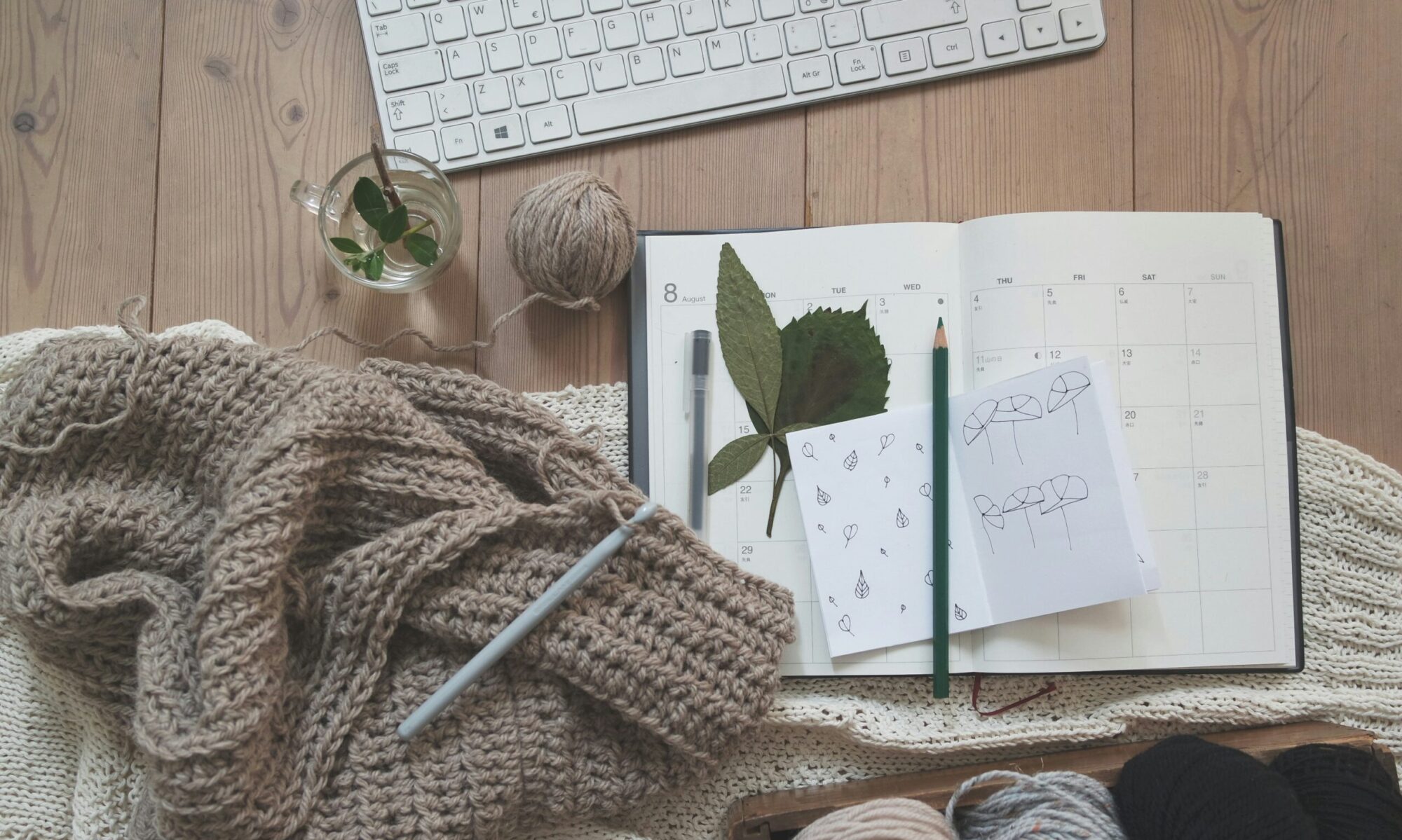
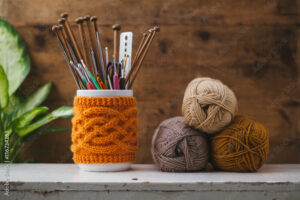

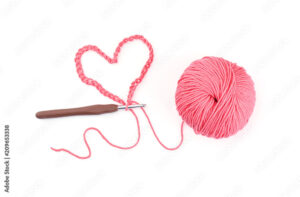
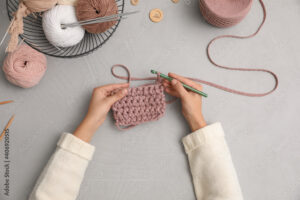


 Back in 2016, during the height of my fitness mania, I often shared photos of my healthy meals in group chats consisting of my close friends in hopes of motivating myself and others. I was given the idea of starting an Instagram page of my own ‘healthy meals’. It lasted as long as I could and still now I tell myself to resume the forgotten passion I had. Maybe one day I will…
Back in 2016, during the height of my fitness mania, I often shared photos of my healthy meals in group chats consisting of my close friends in hopes of motivating myself and others. I was given the idea of starting an Instagram page of my own ‘healthy meals’. It lasted as long as I could and still now I tell myself to resume the forgotten passion I had. Maybe one day I will…
